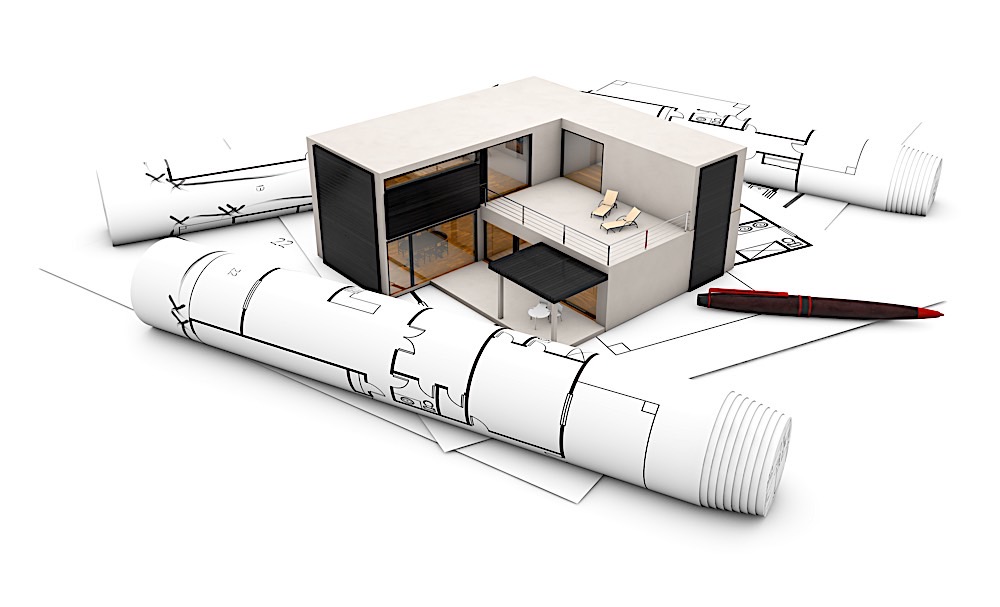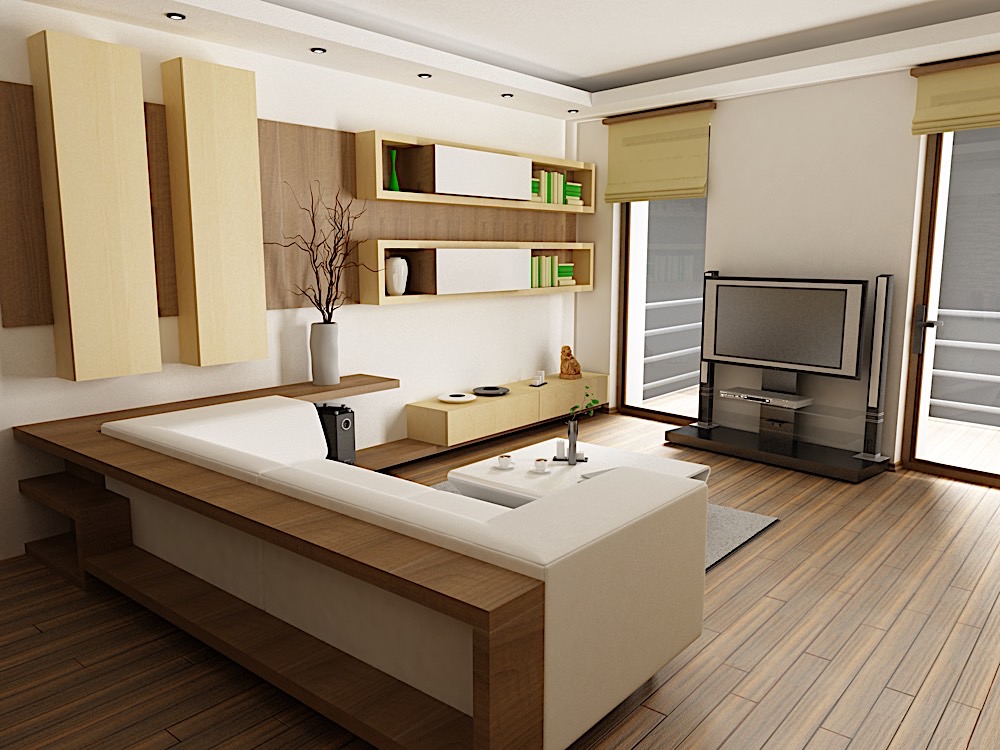The realm of real estate and home construction is vast and ever-evolving. One trend gaining significant traction is modular homes. If you’ve been considering entering the world of homeownership, interested in new real estate investing strategies, or simply want to stay updated on modern construction trends, understanding modular homes is key. So, what is a modular home, and how does it differ from other housing types?
Modular Homes Explained
Unlike traditional homes built entirely on-site, a modular home is constructed in pieces or sections within a controlled factory environment. After these sections are built, they are transported to the home site and assembled by a builder. This process ensures precision, reduced waste, and a faster construction timeline. But the benefits don’t stop there. As you consider the question, “What is a modular home?”, it’s crucial to weigh its pros and cons.
[ Thinking about investing in real estate? Register to attend a FREE online real estate class and learn how to get started investing in real estate. ]

Pros and Cons of Modular Homes
Modular Home Benefits
-
Efficiency and Speed of Construction: With a modular home, you bypass many of the common construction delays. The controlled environment means reduced risk of weather-related hold-ups, ensuring your dream home is up and ready in record time.
-
Cost-Effectiveness: When wondering “what is a modular home’s financial benefit?”, you’ll be pleased to find they can be more affordable. Factory construction can lead to reduced waste and, subsequently, cost savings.
-
Customization Opportunities: Modular homes offer a world of design possibilities. Craft a space tailored to your vision and needs. It’s not just a house; it’s a personalized home.
Disadvantages of Modular Homes
-
Limited Architectural Complexity: Some designs might be challenging to realize with modular construction due to their inherent sectional nature.
-
Land Restrictions: Specific areas may impose restrictions or require special permits for modular homes, necessitating some research on your part. Check your local municipality or state’s restrictions.
-
Financing Challenges: While modular homes are increasingly popular, some lenders might still be cautious, potentially offering less favorable terms.
How To Buy a Modular Home
Buying a modular home is both an exciting and meticulous process. To ensure you make a wise investment and find the perfect fit for your needs, follow these three comprehensive steps:
1. Research and Choose a Reputable Modular Home Provider
-
Start by seeking recommendations from friends or family members who’ve gone through the process.
-
Utilize online platforms to read reviews and gather information on top modular home manufacturers.
-
Visit potential providers, get a firsthand look at their work, and ask questions about customization options, warranties, and financing.
2. Design Your Home
-
Once you’ve chosen a provider, work closely with their design team. Understand what’s possible within your budget.
-
Consider factors like the number of rooms, layout preferences, finishes, and energy efficiency options.
-
Review the design blueprints thoroughly before finalizing. Ensure that it meets both your aesthetic and functional needs.
3. Secure Land and Handle Installation
-
If you don’t already own a plot, search for land that’s zoned for modular homes. Some regions may have restrictions or specific requirements.
-
Once the land is secured, prepare it. This includes tasks like clearing, grading, and laying the foundation.
-
Coordinate with your provider for the delivery and assembly of your home sections. Ensure you or a representative is present during installation to oversee the process.
Remember, each of these steps requires careful consideration. Don’t rush the process, and always keep your long-term needs in mind.
[ Learning how to invest in real estate doesn’t have to be hard! Our online real estate investing class has everything you need to shorten the learning curve and start investing in real estate in your area. ]

Are Modular Homes a Good Investment?
When delving into the world of real estate, the appreciation value of your property is paramount. Historically, there were misconceptions about modular homes not appreciating in value the same way traditional homes did. However, with advancements in construction techniques and design, today’s modular homes are not only built to last but can also appreciate in value, especially with quality upkeep and in favorable market conditions. Additionally, their energy-efficient construction can lead to long-term savings on utility bills, making them a sustainable choice for the eco-conscious homeowner.
The investment potential of modular homes doesn’t stop there. These homes, with their contemporary design and features, can be lucrative rental properties or flip projects, offering homeowners a consistent income stream. Their inherent flexibility in design allows homeowners to adapt to current market trends, ensuring the property remains appealing to potential renters or buyers. In essence, the modern modular home offers a blend of adaptability, efficiency, and potential financial growth, making it a worthy consideration for those venturing into real estate.
Frequently Asked Questions
How do Modular Homes Differ from Mobile Homes?
Mobile homes, now known as manufactured homes, are also factory-built but are typically constructed on a permanent chassis and are not placed on a permanent foundation. Modular homes, on the other hand, boast a robustness akin to site-built homes.
Modular vs. Manufactured Homes, What’s the Difference?
Though both emerge from factories, they differ significantly. Modular homes are constructed in sections and then assembled on-site, adhering to local building codes. Manufactured homes follow federal standards. Additionally, their foundations differ, as do their financing and resale values.
Can I Expand a Modular Home in the Future?
Yes! One of the perks of modular homes is their adaptability. Future expansions or modifications are entirely feasible.
Summary
By now, the question, “What is a modular home?” should have a comprehensive answer in your mind. Modular homes represent a unique intersection of efficiency, customization, and modern living. As you navigate the real estate landscape, they offer a promising and personalized option. Equipped with this knowledge, consider the potential benefits of a modular home for your next housing endeavor.
Ready to start taking advantage of the current opportunities in the real estate market?
Click the banner below to take a 90-minute online training class and get started learning how to invest in today’s real estate market!


